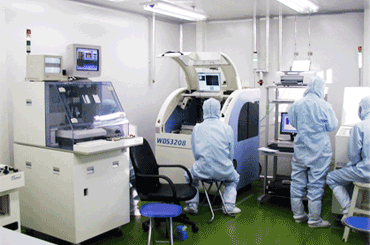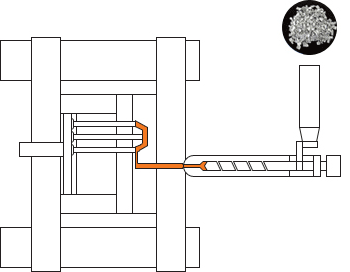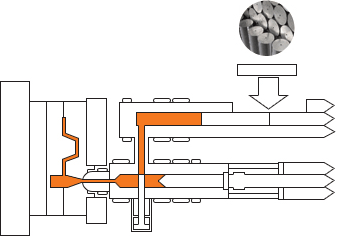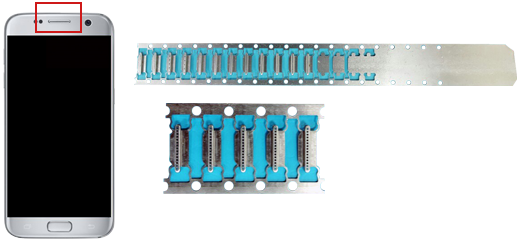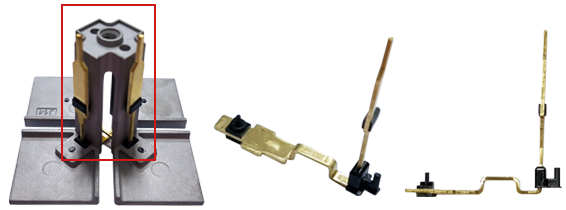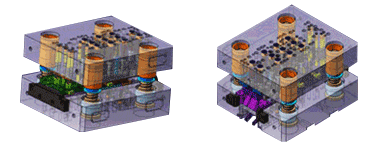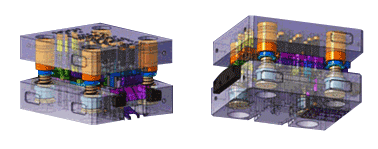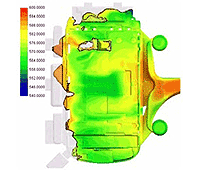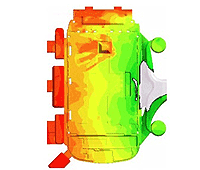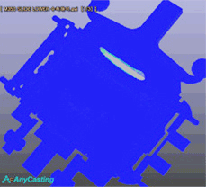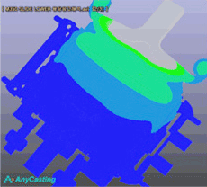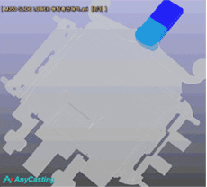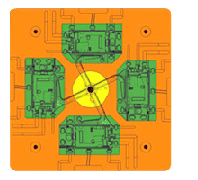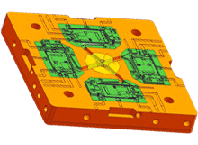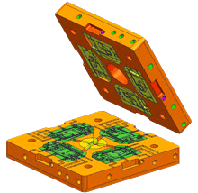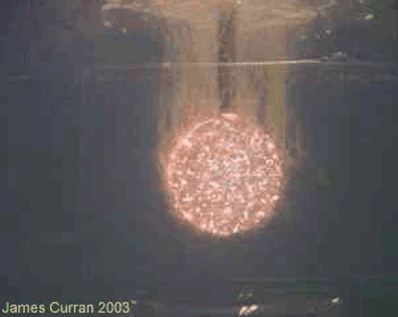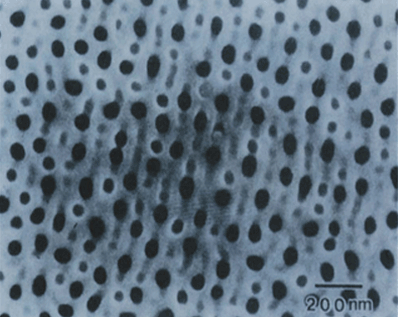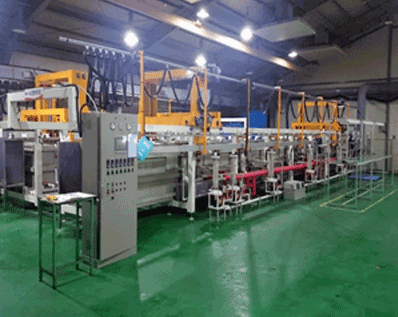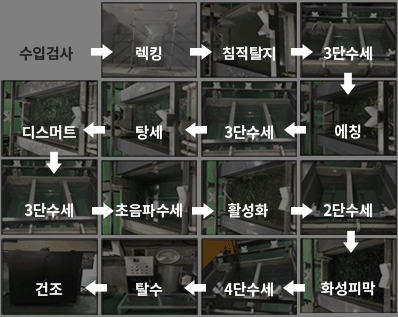Jangwon Tech Research Center for Production Technology is certified as a company-affiliated research institute by Korea Industrial Technology Association, and it has been carrying out research and development in mobile phones and patented technologies.
The research center has four professional teams specialized in innovative technologies, product development, surface treatment, and design, and the results from the research are applied to the related departments and production.
Jangwon Tech Research Center for Production Technology is certified as a company-affiliated research institute by Korea Industrial Technology Association, and it has been carrying out research and development in mobile phones and patented technologies.
The research center has four professional teams specialized in innovative technologies, product development, surface treatment, and design, and the results from the research are applied to the related departments and production.

